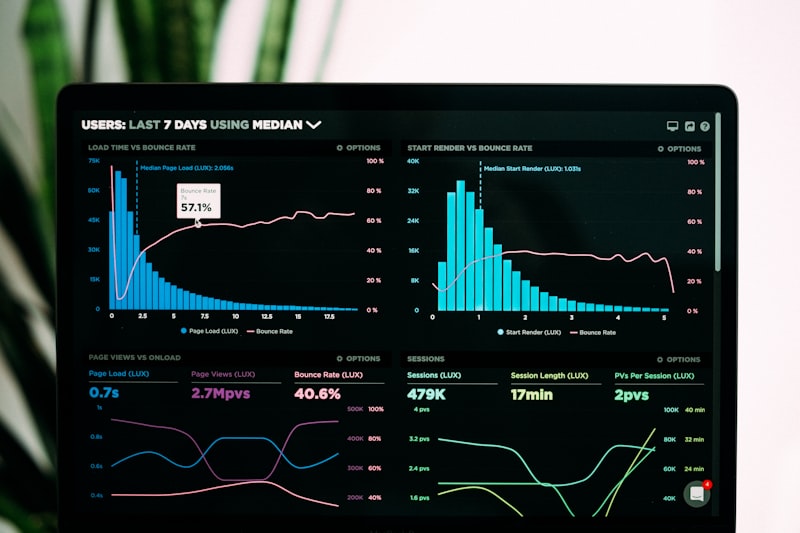As artificial intelligence becomes increasingly sophisticated, tech companies are exploring whether AI-powered interfaces could eventually replace traditional input devices like keyboards and mice. From voice assistants to neural interfaces, several emerging technologies promise to revolutionize how we interact with computers. But can these alternatives truly match the precision and versatility of physical input devices? Let’s examine the current state of AI-driven input methods and their potential to reshape human-computer interaction.
The Contenders: AI-Powered Input Alternatives
1. Voice Control Systems
Modern voice assistants like Siri, Alexa, and Google Assistant have made significant strides in natural language processing. Advanced systems can now understand context, manage complex commands, and even predict user intent.
2. Gesture Recognition
Using cameras and depth sensors, computers can interpret hand movements and body language. Technologies like Apple’s Vision Pro and Microsoft’s Kinect have demonstrated the potential of spatial computing.
3. Eye Tracking
High-speed cameras combined with AI can determine where users are looking, enabling navigation through gaze alone. This technology is particularly valuable for accessibility applications.
4. Neural Interfaces
Emerging brain-computer interfaces (BCIs) like Neuralink aim to translate neural activity directly into computer commands, potentially bypassing physical input devices entirely.
Current Capabilities vs. Traditional Input
| Feature | Keyboard/Mouse | AI Alternatives |
|---|---|---|
| Text Entry Speed | 40-150 WPM (skilled typists) | 20-40 WPM (voice dictation) |
| Precision | Pixel-level accuracy | Approximate (varies by technology) |
| Learning Curve | Moderate to high | Low to moderate |
| Multitasking | Excellent | Limited |
| Accessibility | Challenging for some | Often more inclusive |
The Advantages of AI-Driven Input
Benefits
- Natural interaction: More intuitive for non-technical users
- Hands-free operation: Enables multitasking with physical tasks
- Accessibility: Opens computing to users with physical limitations
- Context awareness: AI can anticipate needs based on situation
- Spatial computing: Better suited for AR/VR environments
Limitations
- Precision: Struggles with detailed creative work
- Privacy concerns: Always-listening devices raise security issues
- Ambient noise: Voice control fails in loud environments
- Mental fatigue: Continuous voice/gesture use can be taxing
- Standardization: Lack of universal commands across platforms
Specialized Use Cases Where AI Excels
While not yet ready to fully replace traditional inputs, AI-powered methods shine in specific scenarios:
1. Content Creation
Voice dictation has become remarkably accurate for drafting documents and emails, with tools like Dragon NaturallySpeaking achieving 99% accuracy for some users.
2. Accessibility
Eye-tracking and voice control have revolutionized computing for users with mobility challenges, enabling full computer control without physical input.
3. Industrial Settings
Gesture control allows workers to interact with systems while wearing gloves or handling equipment where keyboards would be impractical.
4. Spatial Computing
In AR/VR environments, traditional input devices feel unnatural, while gesture and gaze tracking provide more immersive interaction.
The Hybrid Future: AI-Assisted Input
Rather than complete replacement, the near future will likely see AI augmenting traditional input methods:
- Predictive typing: AI suggesting completions as you type
- Gesture shortcuts: Combining mouse use with simple gestures
- Context-aware interfaces: Systems that adapt based on your current task
- Multimodal input: Seamlessly switching between voice, touch, and traditional inputs
Emerging Technologies to Watch
- Haptic feedback gloves: Providing physical sensation in virtual interfaces
- EMG wristbands: Detecting subtle muscle movements for precise control
- Advanced BCIs: Non-invasive neural interfaces gaining precision
- AI-powered predictive interfaces: Anticipating user needs before explicit commands
Final Verdict: Complement Rather Than Replace
While AI-powered input methods have made remarkable progress, they’re unlikely to completely replace keyboards and mice in the foreseeable future. Instead, we’re moving toward a hybrid model where different input methods coexist, each serving specific use cases.
For creative professionals, programmers, and anyone requiring precision, physical input devices will remain essential. However, AI interfaces will continue to grow in specialized domains like accessibility, spatial computing, and hands-free operation. The ultimate future likely involves context-aware systems that intelligently combine multiple input modalities based on the user’s current needs and environment.
As these technologies mature, the most significant change may not be the disappearance of keyboards and mice, but rather their evolution into more intelligent, adaptive versions of themselves – enhanced by AI rather than replaced by it.




